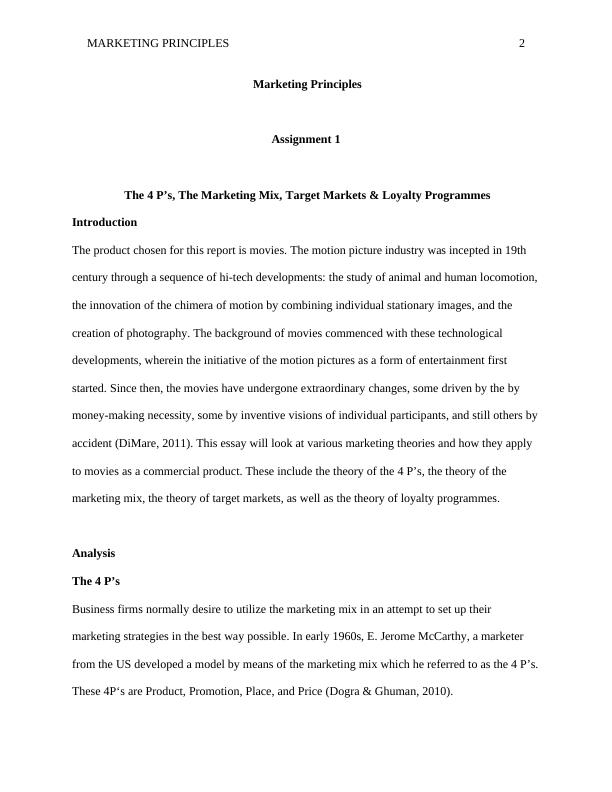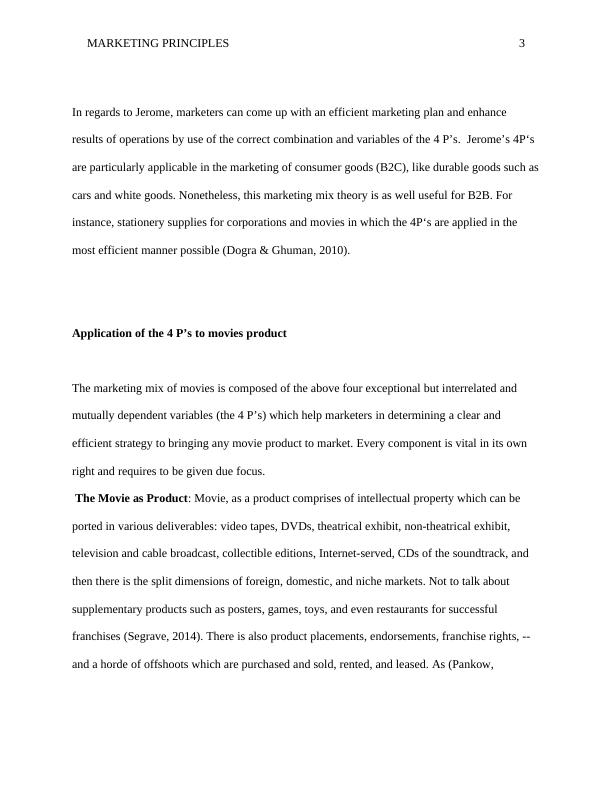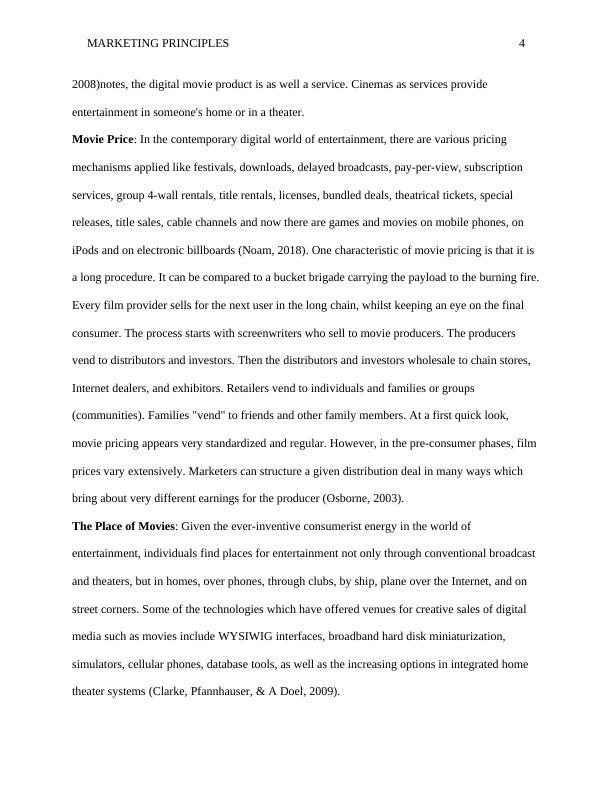Marketing Principles for Movies: The 4 P's, Marketing Mix, Target Markets & Loyalty Programmes
The assignment requires students to choose a product and apply the theory of the 4 P's and the Marketing Mix to analyze its marketing strategy.
12 Pages2709 Words413 Views
Added on 2023-04-11
About This Document
This article discusses the marketing principles for movies, including the 4 P's (Product, Promotion, Place, and Price), the marketing mix, target markets, and loyalty programmes. It explores how these theories apply to the movie industry and how they can be used to effectively market movies as a commercial product. The article also provides insights into the various components of the marketing mix for movies, such as the product itself, pricing strategies, distribution channels, and promotional activities. Additionally, it highlights the importance of identifying target markets and implementing loyalty programmes to enhance customer loyalty and drive repeat business.
Marketing Principles for Movies: The 4 P's, Marketing Mix, Target Markets & Loyalty Programmes
The assignment requires students to choose a product and apply the theory of the 4 P's and the Marketing Mix to analyze its marketing strategy.
Added on 2023-04-11
ShareRelated Documents
End of preview
Want to access all the pages? Upload your documents or become a member.




